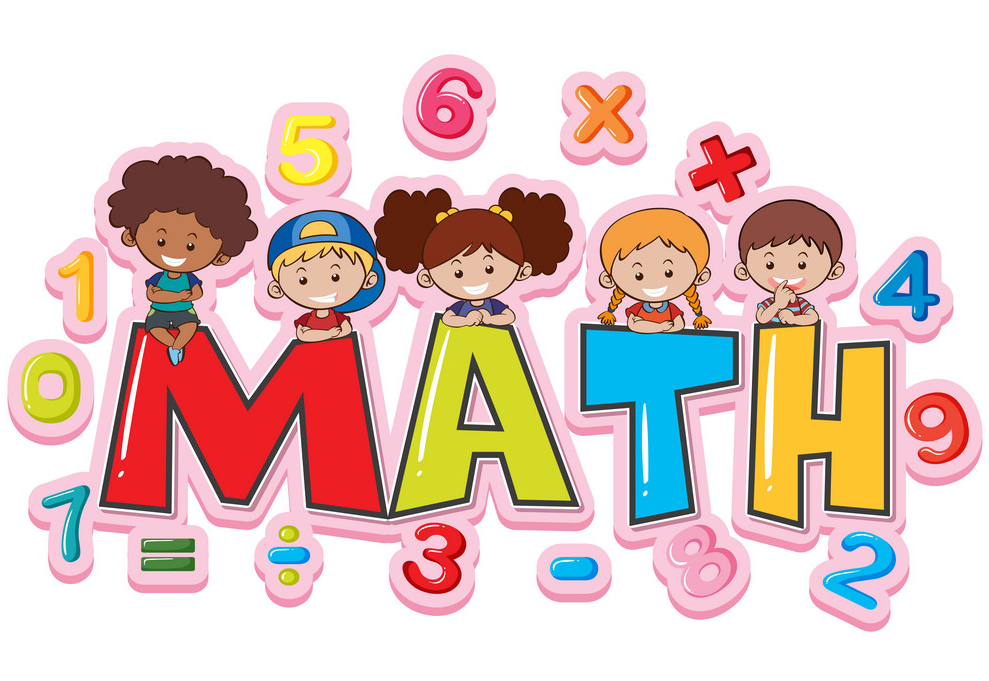
Year Five Mathematics Worksheets
Mathematics is an important subject that helps children develop critical thinking and problem-solving skills. Understanding the basics of math at a young age sets the foundation for future success in this subject and in life. One of the most important concepts in mathematics is the Order of Operations and the use of Grouping Symbols.
The Order of Operations is a set of rules that dictate the sequence in which mathematical operations must be performed. This is important because the order in which operations are performed can affect the outcome of a problem. The rules of the Order of Operations ensure that everyone solves math problems the same way, making it possible to accurately compare results and check for mistakes. The Order of Operations is often remembered by the acronym PEMDAS, which stands for Parentheses, Exponents, Multiplication and Division, and Addition and Subtraction. These are the operations that must be performed in this order to solve a math problem correctly.
Grouping symbols, such as parentheses, brackets, and braces, are used to group operations together. These symbols tell you which operations to perform first when solving a problem. For example, if you see a problem written like this: (3 + 4) x 5, you would first add 3 and 4 inside the parentheses to get 7, and then multiply 7 by 5 to get 35.
It’s important to understand that the use of grouping symbols and the Order of Operations go hand in hand. When you see a problem with both parentheses and exponents, for example, you would first perform the operations inside the parentheses, and then perform any exponents.
Let’s take a look at an example to see how the Order of Operations and Grouping Symbols work together:
Example: 2 + 3 x 4
First, you would perform the multiplication inside the parentheses, so 3 x 4 = 12. Next, you would perform the addition, so 2 + 12 = 14.
Now let’s look at another example with both parentheses and exponents:
Example: (2 + 3)^2
First, you would perform the addition inside the parentheses, so 2 + 3 = 5. Next, you would perform the exponent, so 5^2 = 25.
It’s important for kids to understand the Order of Operations and the use of Grouping Symbols so that they can solve math problems correctly and efficiently. This will help them in their future math classes and in real-life situations where they need to use math.
Math worksheets can be a great tool for kids to practice the Order of Operations and the use of Grouping Symbols. These worksheets provide kids with a variety of problems that they can solve using the rules of the Order of Operations and the use of Grouping Symbols. They can check their answers and get feedback on their work, which can help them understand the concepts better.
In conclusion, the Order of Operations and the use of Grouping Symbols are critical concepts in mathematics that help ensure that everyone solves problems the same way. Understanding these concepts will set kids up for success in math and in life. Math worksheets for kids are a great tool for practicing the Order of Operations and the use of Grouping Symbols and can help them master these important concepts.
Year Five Math Worksheet for Kids – Order of Operations and Grouping Symbols
 Loading...
Loading...
Disclaimer: The information and code presented within this recipe/tutorial is only for educational and coaching purposes for beginners and developers. Anyone can practice and apply the recipe/tutorial presented here, but the reader is taking full responsibility for his/her actions. The author (content curator) of this recipe (code / program) has made every effort to ensure the accuracy of the information was correct at time of publication. The author (content curator) does not assume and hereby disclaims any liability to any party for any loss, damage, or disruption caused by errors or omissions, whether such errors or omissions result from accident, negligence, or any other cause. The information presented here could also be found in public knowledge domains.